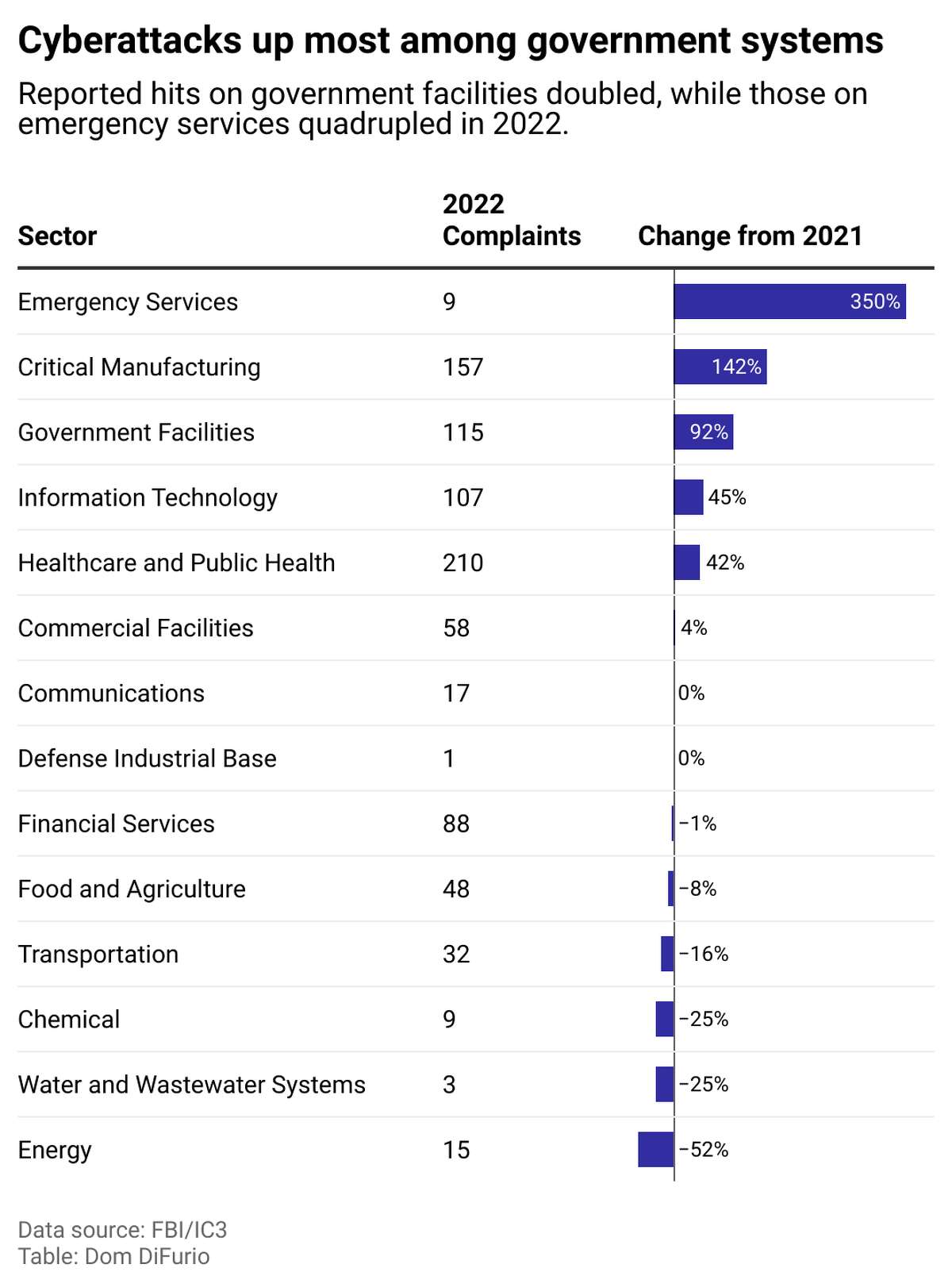SquaredFinancial Introduces Enhanced Fraud Prevention Framework and Uncovers Fraud Network
SquaredFinancial values transparency and is strongly dedicated to fighting deceptive practices by developing an advanced fraud prevention framework. Recognizing recent incidents of financial deceit in the trading industry, the company is proactively fortifying its compliance and risk teams and strengthening processes and protocols to promptly detect and address any fraudulent activities.
A holistic approach to fraud prevention and management requires robust tools to conduct comprehensive risk assessments, identify potential vulnerabilities and prioritize risk mitigation.
The first step towards effectively fighting digital fraud is to understand the forms of fraud that occur regularly in the fintech sector. Some of the most common kinds of fraud are identity theft, phishing, web skimming, social engineering, and botnet attacks which can effectively be prevented with a resilient IT infrastructure and a steadfast focus on cybersecurity. In the forex brokerage industry, fraudulent activities have been recurrent and are plotted by networks or individuals exploiting terms and conditions and applying trading tactics to abuse commission and other bonus schemes.
Adapting to the ever-evolving landscape of financial fraud
Throughout the years, fraud networks have consistently targeted businesses, exploiting trading tactics and incurring substantial losses. As such, tactics like shared IP addresses and devices have been employed to exploit trading systems and take advantage of bonus schemes.
Recent fraud case study and actions taken
In November 2023, SquaredFinancial initiated an internal investigation following the deceitful actions of a specific partner. Utilizing internal analytical tools, the company was able to swiftly identify irregularities and has immediately intervened, preventing further exploitation. Craig Jenkins, Chief Legal & Compliance Officer, emphasized, “The recent case of abusers was detected by our software used to identify suspicious patterns, revealing a network of connected trading activities. A thorough inspection uncovered dozens of ‘clients’ engaging in coordinated trades from the same location, even the same computer, to abuse the favourable…







